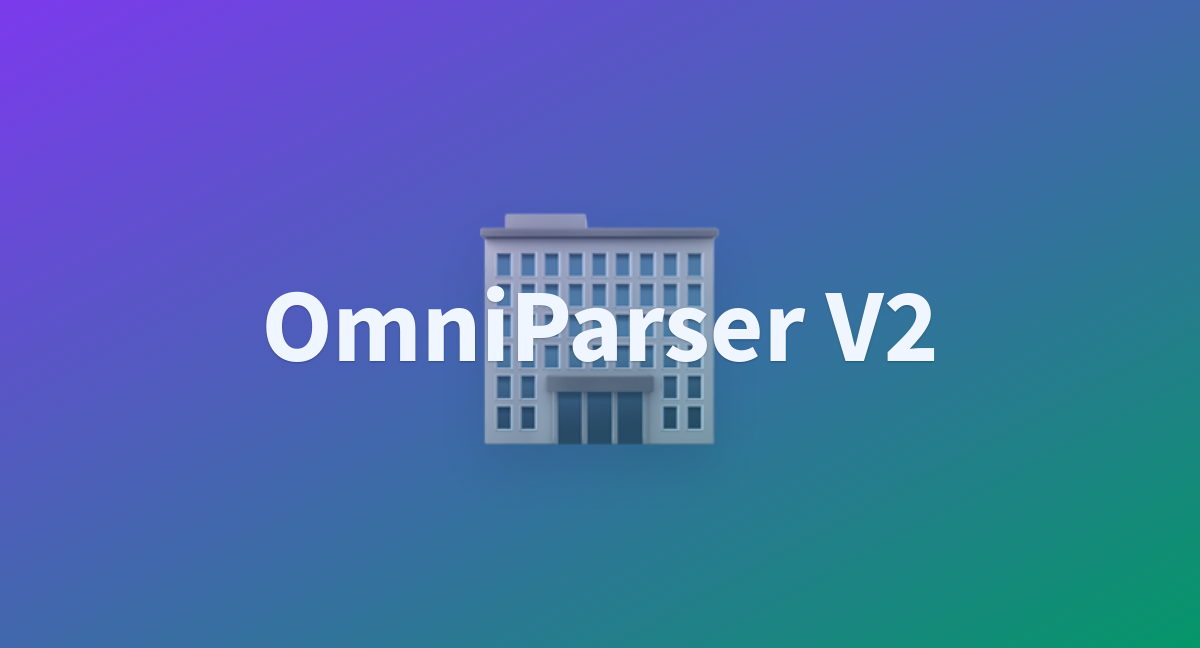Run Microsoft OmniParser V2 on Linux :Step By Step Installation Guide

Microsoft has unveiled OmniParser V2, a significant advancement in AI-driven automation designed to transform Large Language Models (LLMs) into proactive digital agents. This open-source tool empowers AI to interact with computer interfaces similarly to human users—interpreting UI elements, navigating software, and executing tasks autonomously through simple text prompts.
This guide provides a step-by-step approach to installing, configuring, and running OmniParser V2 on a Linux system.
Overview of OmniParser V2
OmniParser V2 integrates computer vision and natural language processing to enable LLMs, such as GPT-4 and Llama 3, to analyze on-screen content, detect clickable buttons, and interact with applications. It simulates human interactions—such as mouse clicks and keyboard inputs—allowing AI to automate tasks within browsers and desktop applications.
Key Features
- Intelligent Screen Perception & Interaction: Utilizes pixel recognition and optical character recognition (OCR) to interpret UI elements, identify buttons, text fields, and menus, and automate actions.
- No-Code Task Automation: Users can complete tasks using plain English commands, eliminating the need for scripting or macros.
- Cross-Platform Compatibility: Runs on Windows, macOS, and Linux.
- Open-Source & Developer-Friendly: Encourages developers to enhance its capabilities.
Prerequisites
Before installing OmniParser V2 on Linux, ensure the following requirements are met:
- Linux-Based System: The server component of OmniParser V2 is optimized for Linux.
- Conda: Recommended for managing dependencies. Install Anaconda or Miniconda from the official site.
Hugging Face CLI: Required to download model checkpoints:
pip install huggingface_hub
Git: Required to clone the repository. Install with:
sudo apt install git
Python 3.12: Check if Python 3.12 is installed:
python3 --version
If not installed, use:
sudo apt update
sudo apt install python3.12
Installation Steps
Follow these steps to install and configure OmniParser V2 on Linux:
1. Clone the Repository
git clone https://github.com/microsoft/OmniParser
cd OmniParser
2. Create a Conda Environment
conda create -n "omni" python==3.12
conda activate omni
3. Install Dependencies
pip install -r requirements.txt
4. Download Model Checkpoints
for f in icon_detect/{train_args.yaml,model.pt,model.yaml} icon_caption/{config.json,generation_config.json,model.safetensors}; do
huggingface-cli download microsoft/OmniParser-v2.0 "$f" --local-dir weights;
done
mv weights/icon_caption weights/icon_caption_florence
Running OmniParser V2
1. Start the Gradio Demo
python gradio_demo.py
This command launches a local web server, allowing interaction with OmniParser V2 through a graphical interface.
2. Example Usage
OmniParser V2 provides example scripts in the demo.ipynb notebook, demonstrating how to parse UI screenshots and extract structured elements.
Verifying Installation
To confirm that OmniParser V2 is installed correctly:
- Run the Gradio Demo: Ensure the interface loads in your web browser.
- Test with Sample Images: Upload screenshots to check UI element recognition.
- Check the Logs: Review terminal output for errors or warnings.
Troubleshooting
- Model Checkpoint Errors: Ensure the
weightsfolder contains all necessary files and renameicon_captiontoicon_caption_florence. - Runtime Errors: Check error messages and consult OmniParser V2 documentation or community forums.
Dependency Issues: Activate the Conda environment and install missing packages using:
pip install -r requirements.txt
Real-World Applications
OmniParser V2 has applications across various industries:
- IT Management: Automates system monitoring, cache clearing, and security patch deployment.
- E-Commerce: Handles price comparisons, restock alerts, and bulk orders.
- Content Creation: Edits images in Photoshop, formats documents, and processes videos.
- Personal Productivity: Schedules meetings, organizes files, and automates repetitive tasks.
Risks and Mitigations
To align with Microsoft AI principles, risk mitigation strategies include:
- Training the icon caption model with Responsible AI data to prevent biased inference.
- Encouraging users to avoid using screenshots containing sensitive information.
- Conducting threat model analysis using the Microsoft Threat Modeling Tool.
- Providing a sandboxed Docker container for secure execution.
A human-in-the-loop approach is recommended to minimize risks when using OmniParser.
Conclusion
Running Microsoft OmniParser V2 on Linux allows developers and researchers to leverage powerful UI automation capabilities within an open-source environment. By following this guide, you can successfully install, configure, and utilize OmniParser V2 for diverse applications—from IT management to personal productivity.
References
- Run DeepSeek Janus-Pro 7B on Mac: A Comprehensive Guide Using ComfyUI
- Run DeepSeek Janus-Pro 7B on Mac: Step-by-Step Guide
- Run Microsoft OmniParser V2 on Ubuntu : Step by Step Installation Guide
- Run Microsoft OmniParser V2 on macOS : Step by Step Installation Guide
- Run Microsoft OmniParser V2 on Windows : Step by Step Guide